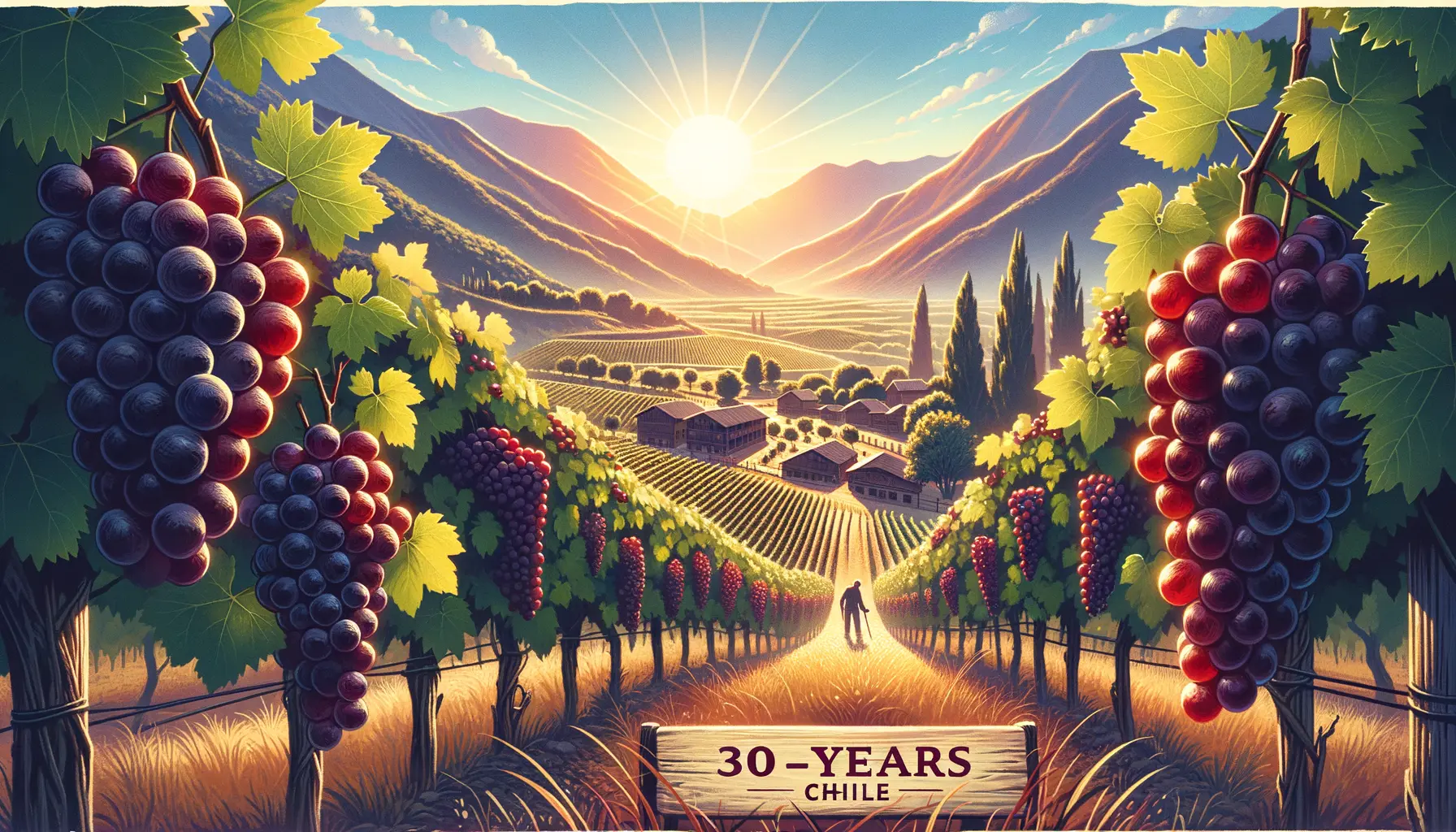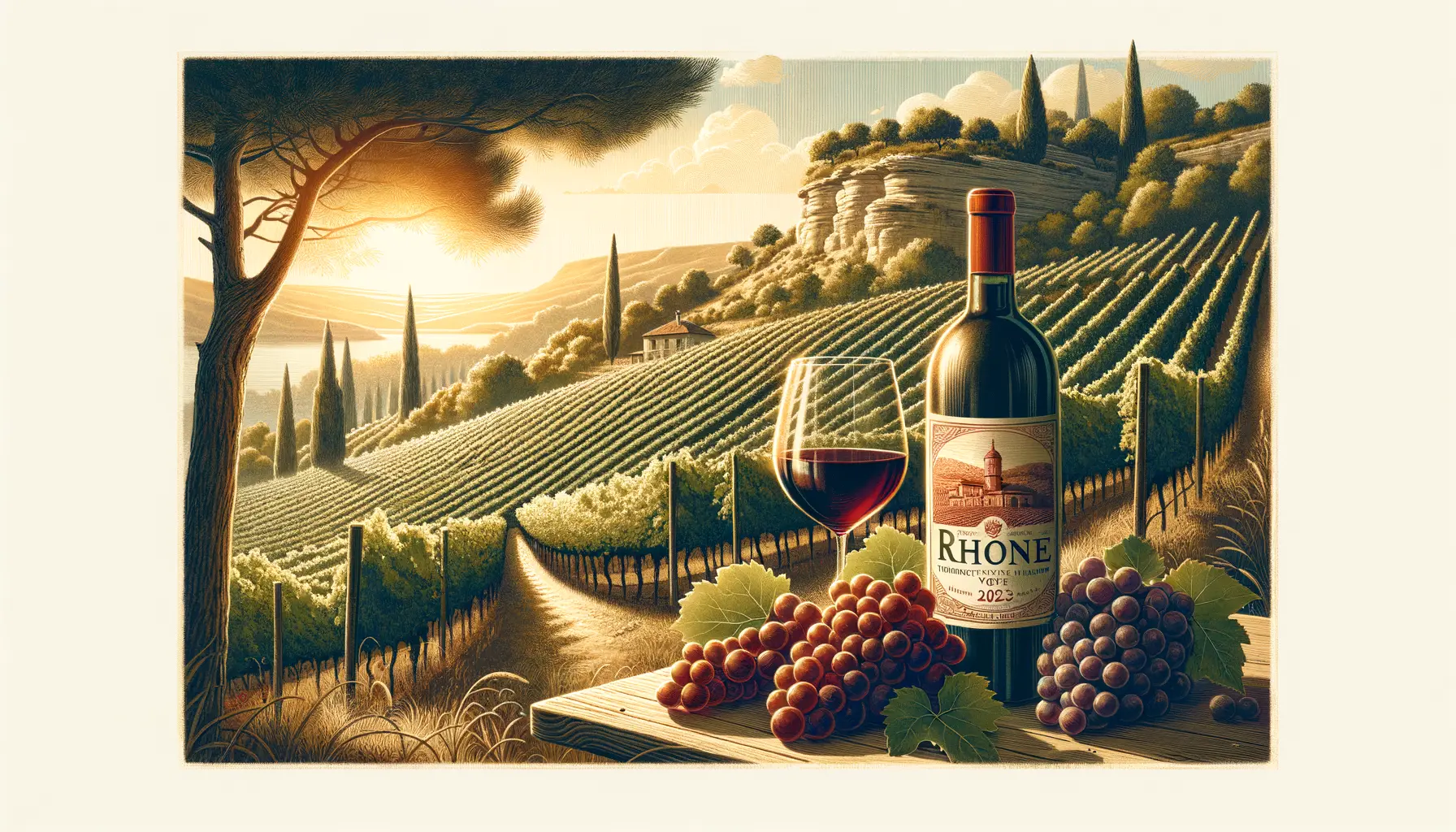
Wine lovers around the world now recognize Carmenère as a flagship grape of Chile, but this wasn't always the case. On 24 November 1994, Alvaro Espinoza, a young winemaker in Maipo Valley, Chile, was in for an astonishing revelation. Jean-Michel Boursiquot, a renowned French ampelographer, informed Espinoza that his cherished Merlot vineyard was actually populated with Carmenère grapes. This startling discovery changed Espinoza's career and left an indelible mark on the history of Chilean wine.
The Discovery of Carmenère in Chile
Alvaro Espinoza had been working at Carmen winery, located in the famed Maipo Valley region, when Jean-Michel Boursiquot dropped the bombshell news. Believing the vineyard to be Merlot, Espinoza was amazed to learn that it was, in fact, Carmenère—a grape variety he had never heard of before that moment. As a winemaker who understood the nuances between grape varieties, Espinoza quickly realized the significance of this discovery.
From Mistake to Mastery: The Evolution of Carmenère
Since that fateful day, Carmenère has evolved from an accidental grape to one of Chile's most celebrated varieties. Unlike Merlot, Carmenère has unique characteristics that require distinct cultivation and vinification techniques. Known for its deep red color, aromatic bouquet, and complex flavors, Carmenère has captured the palates of wine enthusiasts globally.
Wine production statistics show that Chile now dedicates thousands of hectares to Carmenère cultivation. This is a dramatic shift from three decades ago, when many vineyards mistook the grape for Merlot. The country produces millions of bottles each year, with Carmenère accounting for a significant percentage of these exports.
Why Carmenère Thrives in Chile
Chile's unique terroir provides an ideal environment for growing Carmenère. The country's diverse climate and varying altitudes offer the perfect conditions for this grape to thrive. The Maipo Valley, in particular, boasts a Mediterranean climate, with warm, dry summers and cool, wet winters, making it an excellent location for wine production.
Moreover, Carmenère benefits from Chile's geographic isolation, which offers a natural barrier against many vineyard diseases. This advantage has allowed vintners to focus on perfecting the art of growing and making Carmenère wine, enhancing its flavor profile year after year.
The Hallmarks of Quality Carmenère Wines
Carmenère wines are known for their deep-red hue and rich aromatic profile, featuring notes of red fruits, spices, and earthy undertones. These characteristics make Carmenère a versatile wine that pairs wonderfully with a variety of dishes, from grilled meats to spiced vegetables.
Top-quality Carmenère wines often undergo a meticulous winemaking process to ensure the best expression of this unique grape. The result is a wine that not only reflects the soul of Chilean terroir but also holds its own on the international stage.
Rediscover Carmenère: Explore Chile’s Best Selections
As a benchmark for Chilean wine, Carmenère continues to gain recognition and appreciation globally. For those looking to dive deeper into this incredible variety, there’s no better time than now to explore the best Carmenère wines that Chile has to offer.
Discover the exceptional range and depth of Chilean Carmenère. Sign up to access premium selections and begin your journey into the heart of Chilean wine at Quincy. Visit Quincy to learn more and start enjoying some of the finest offerings Chile's vineyards have to offer.
Embrace the Legacy of Carmenère
The discovery of Carmenère in Chile 30 years ago has had a profound impact on the nation's wine industry. What started as a misidentified grape variety has blossomed into a symbol of Chilean wine excellence. As more people learn about and appreciate Carmenère, its legacy continues to grow, cementing its place as a cornerstone of Chilean viticulture.
Explore the world of Carmenère and witness firsthand why this unique grape holds a special place in the hearts of wine aficionados everywhere.





